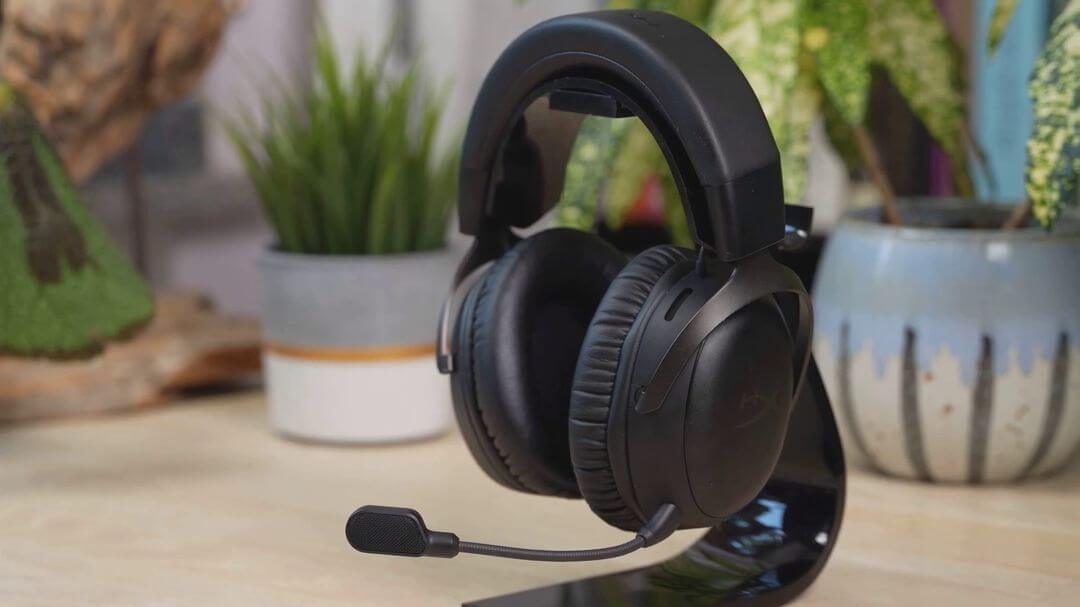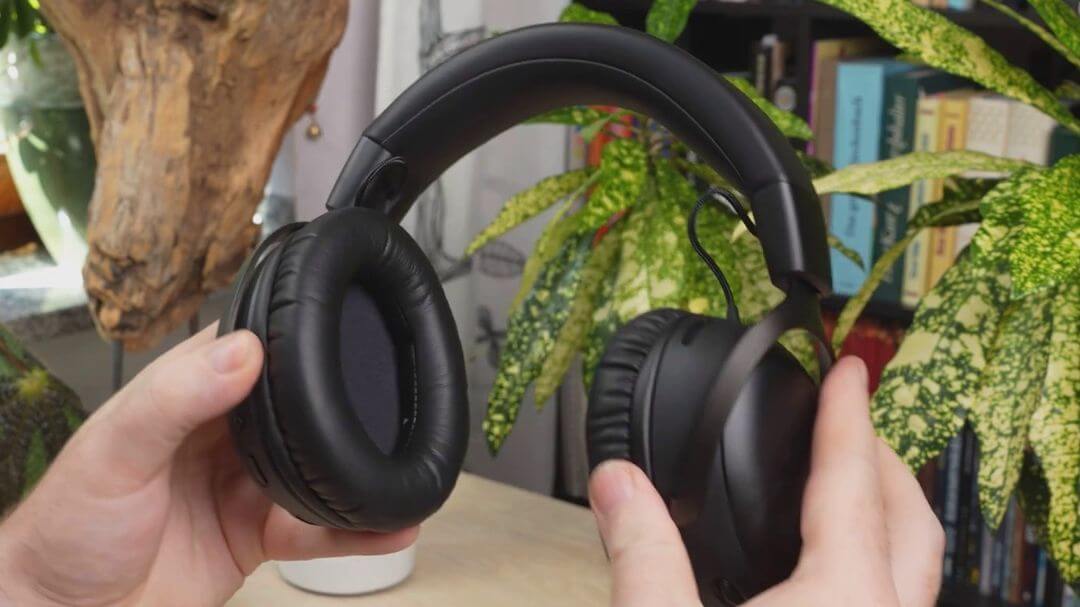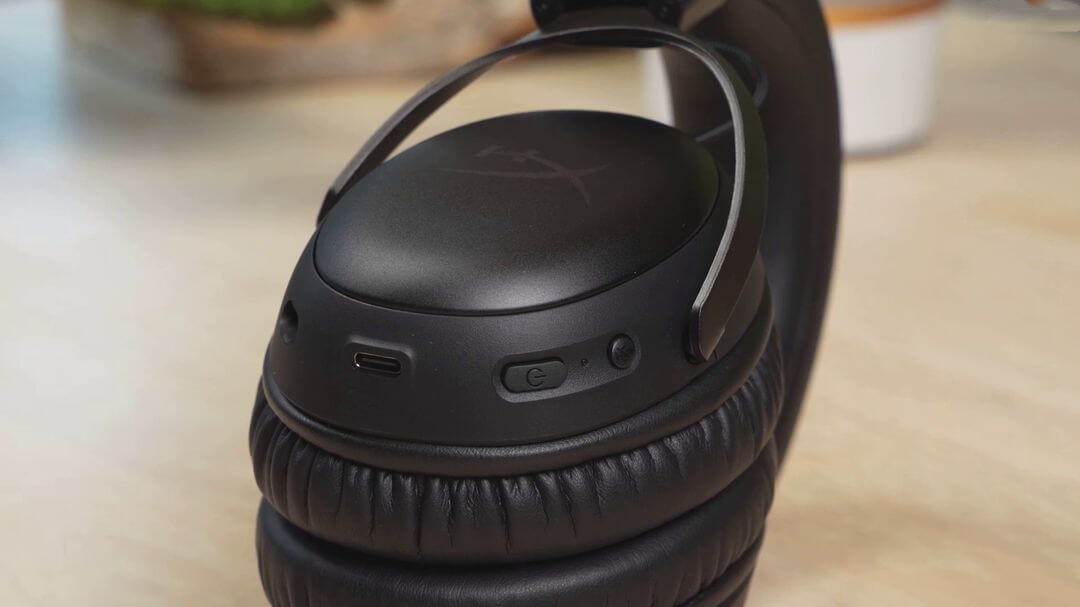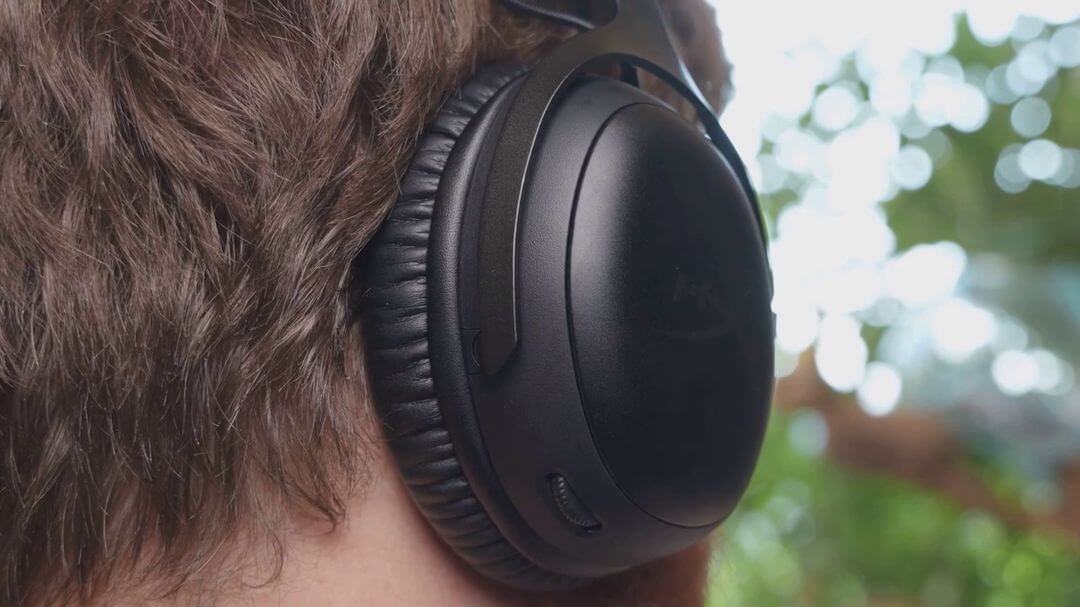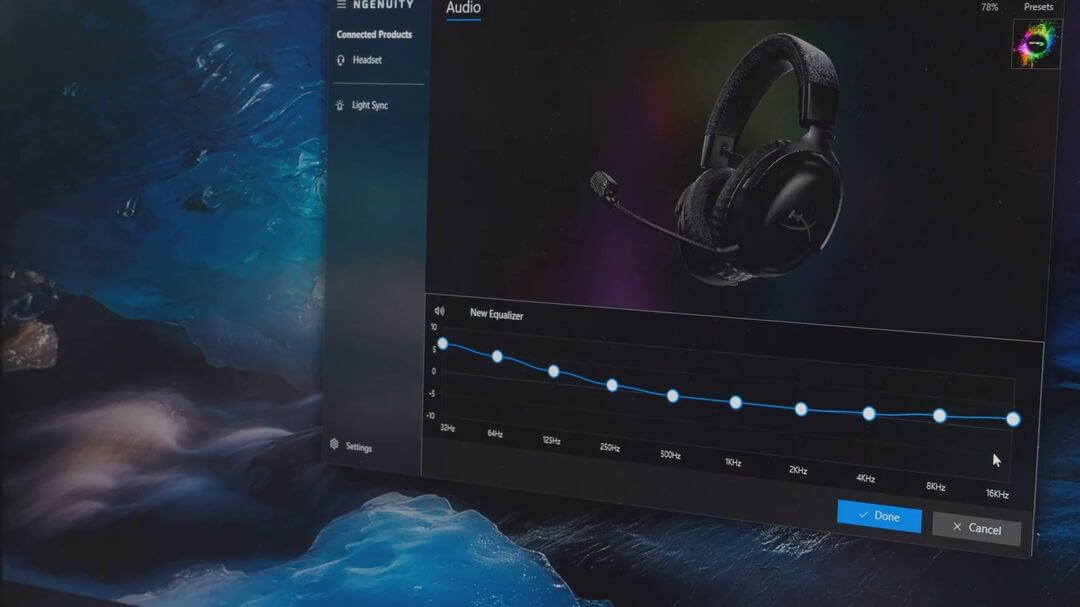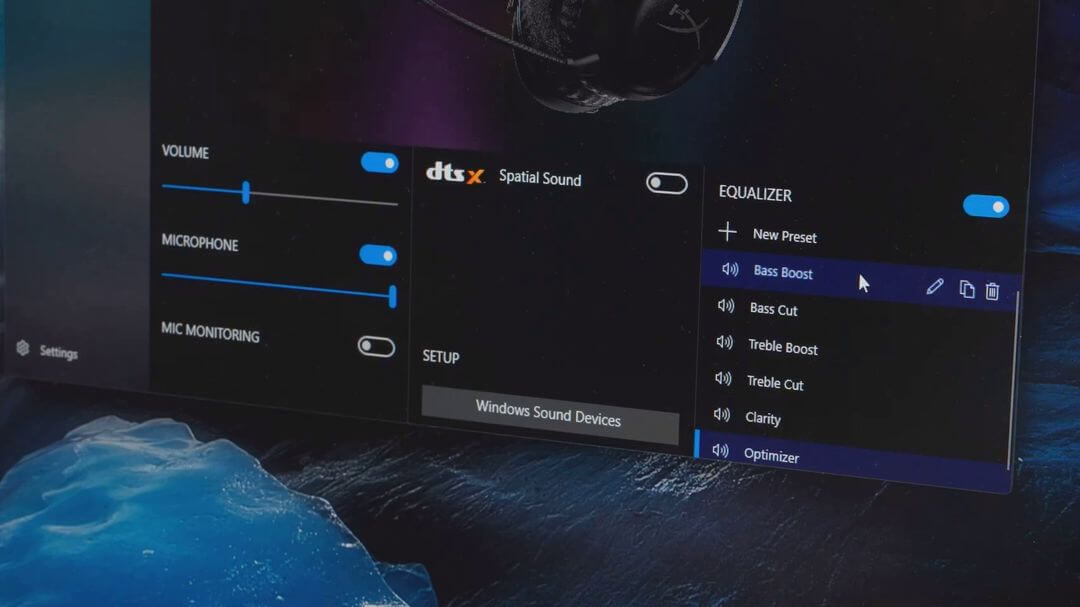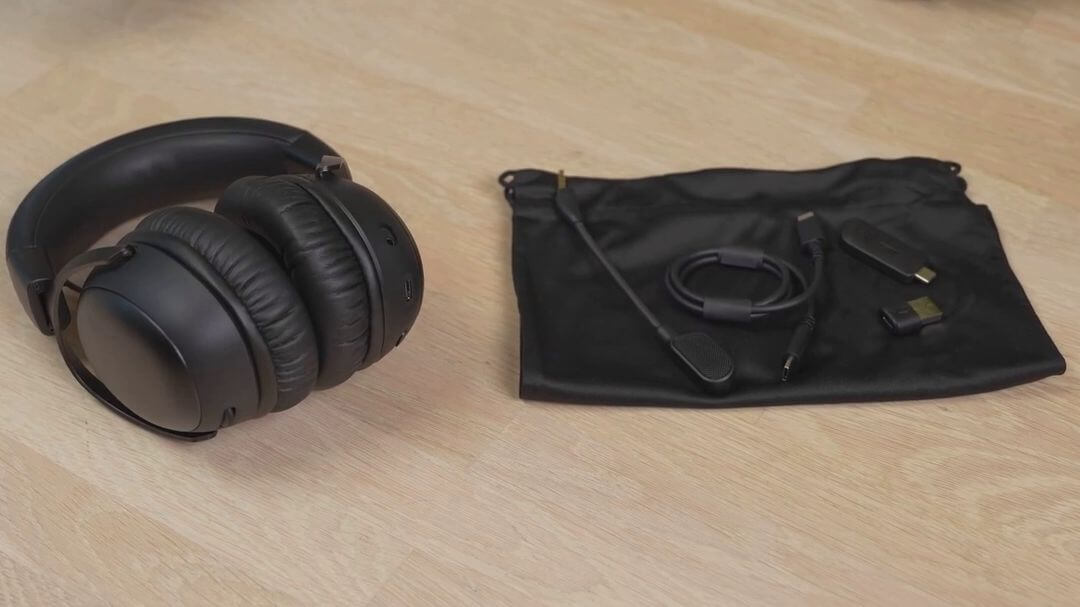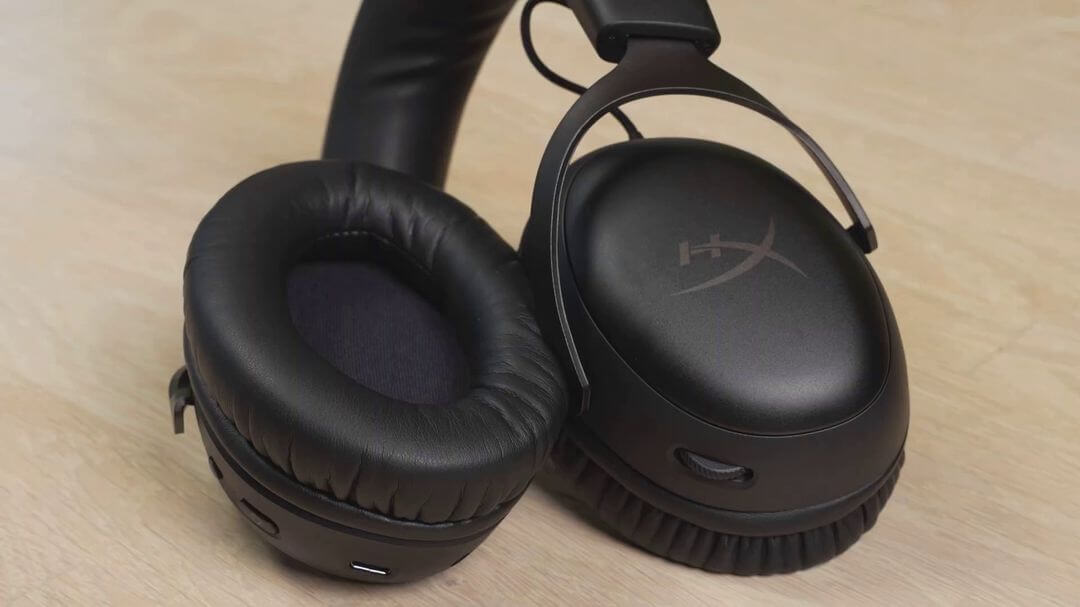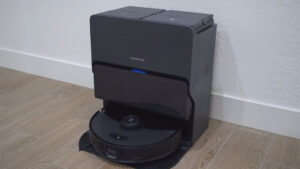HyperX Cloud 3 Wireless Review: Great sound and comfort
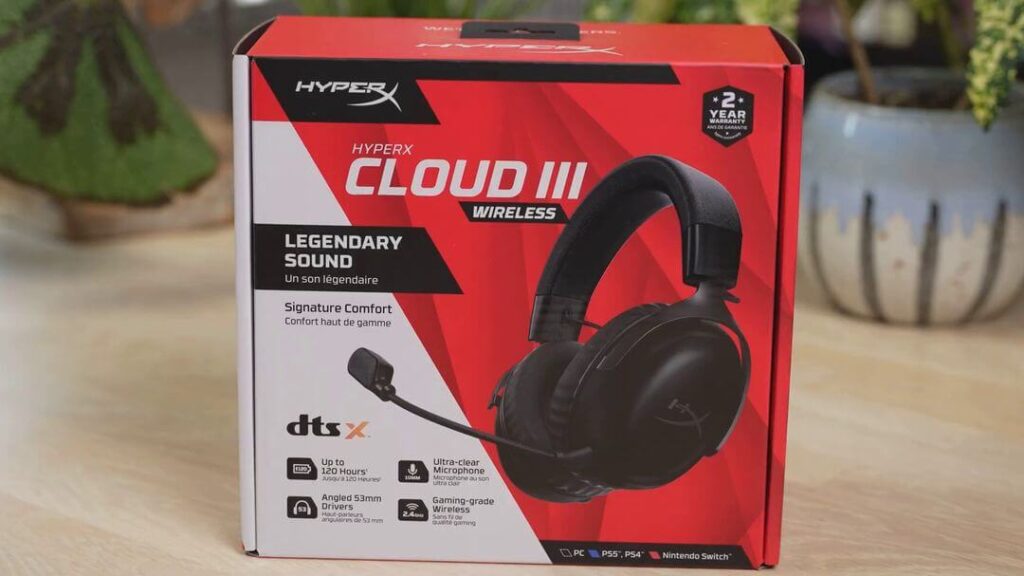
The HyperX Cloud 3 Wireless Gaming Headset stands as a testament to HyperX’s commitment to providing gamers with top-notch comfort and performance. With its latest iteration, the Cloud III Wireless Gaming Headset, the company has taken strides to enhance the gaming experience for enthusiasts. This headset combines cutting-edge features with a sleek design, making it a must-have accessory for any avid gamer.
Building upon the success of its wired predecessor, the Cloud III, the Cloud III Wireless retains the same commitment to audio quality while introducing some distinct improvements. The redesigned 53mm dynamic drivers offer an enhanced audio experience, immersing gamers in the world of their chosen titles.
The decision to go wireless is a logical step forward, considering the success of its wired predecessor. The Cloud III Wireless opts for a 2.4GHz wireless connectivity option through a USB-C dongle.
However, it’s important to note that this premium wireless experience comes at a higher price point compared to its wired counterpart, priced at $170. This price difference reflects the added technology and convenience of wireless connectivity.
HyperX Cloud 3 Wireless: Video Review
| Specs | HyperX Cloud 3 Wireless |
| Driver | Dynamic, 53mm with Neodymium magnets |
| Form Factor | Over ear, circumaural, closed back |
| Frequency Response | 10Hz-21kHz |
| Sensitivity | -42dBV (0dB=1V/Pa at 1kHz) |
| Frame Type | Aluminum |
| Ear Cushions | Memory foam and premium leatherette |
| USB Specification | USB 2.0 |
| Bit-Depth | 16 bit, 24 bit |
| Audio Controls | Onboard audio controls |
| Microphone | Electret condenser microphone |
| Polar Pattern | Uni-directional, Noise-cancelling |
| Sensitivity Microphone | -42dBV (0dB=1V/Pa at 1kHz) |
| Connection | Wireless 2.4GHz |
| Battery Life | Up to 120 hrs |
| Weight | 0.67lb; Weight with microphone: 0.70lb |
| Cable Length (imperial) and type | 3.93ft headset cable; 4.26ft USB dongle cable | USB cable |
HyperX Cloud 3 Wireless: Design
The HyperX Cloud III Wireless stands as a wireless variant of the popular Cloud III headset, offering an exceptional audio experience without the constraints of wires. This closed-back, over-ear headset retains the classic design of the HyperX Cloud III, with the significant addition of wireless functionality.
Available in two color options, black and black/red, the Cloud III Wireless exhibits a sleek and eye-catching appearance. The headset maintains an elegant profile, featuring curved aluminum forks, a leatherette headband devoid of contrast stitching, and ear cushions that are generously padded with memory foam and covered in soft leatherette. Although it lacks active noise cancellation, the ear pad sealing contributes to respectable passive noise isolation.
Comparatively, the Cloud III Wireless is only slightly heavier than its wired counterpart, weighing in at 11.64 ounces (330 g). Attaching the detachable boom microphone brings the weight to 12.06 ounces (342 g). These figures aside, both the Cloud III Wireless and its wired sibling are known for their exceptional comfort. The clamping force strikes a balance, ensuring that the headset remains securely in place during movements while remaining gentle on the wearer.
One of the standout features of the Cloud III Wireless is its adjustable design. Each earcup can be individually adjusted in height through nine notched steps, providing an extension of up to 1.5 inches (38mm) per side. The earcups are capable of tilting, though they lack swivel functionality. Nevertheless, the headset’s flexible headband compensates for this limitation, allowing users to find a comfortable fit. However, due to the absence of fold-flat capability, it may not be the ideal choice for travel.
The left and right earcups house the headset’s controls. On the right earcup, a textured volume wheel allows for easy audio adjustments. On the left earcup, you’ll find the microphone mute button and the power button, situated above each other. The circular microphone mute button, exclusively functional when the microphone is attached, emits an audible tone and activates a red indicator LED on the microphone itself when pressed. Below the microphone mute button is the power button, responsible for turning the headset on or off with a three-second hold. A quick tap of the power button triggers a voice prompt that announces the remaining battery life as a percentage.
Conveniently located on the left earcup are a USB-C charging port and a 3.5mm microphone jack, offering alternative connectivity options for various setups.
Software
The HyperX Cloud III Wireless arrives with an initial requirement for a firmware update, a task that is accomplished through HyperX’s Ngenuity peripheral software.
Ngenuity software serves a few important functions, starting with firmware updates. Beyond this, it offers a selection of software controls that include volume and mute adjustments, microphone mute and gain settings, and mic monitoring. Among these features, there is also a toggle for activating DTS Spatial Sound, as well as an adjustable equalizer with several preset configurations.
The mic monitoring feature provides a practical function by enabling users to hear their own voice feedback as they speak. This ensures that they are not inadvertently speaking too loudly or shouting during conversations. The toggle for mic monitoring is straightforward and functions as intended.
DTS Spatial Sound, on the other hand, is a virtual surround sound technology designed to extend audio into a simulated 3D space, ultimately aiming to create a more immersive auditory environment. However, the exact impact of this feature might not be immediately discernible. It does subtly expand the soundstage, adding a touch of fullness to various audio environments. Nevertheless, the effects are relatively subtle and not particularly transformative in terms of gaming, movies, or music playback. It’s worth noting that while the technology might add a sense of depth, it also seemed to enhance voices in an unusual, slightly echoic manner.
The Ngenuity software also features an adjustable equalizer, though it seems to be less impressive in practice. The presets provided by the equalizer might not cater to every user’s sonic preferences and might lack the precision offered by more advanced equalization tools.
Sound quality
The HyperX Cloud III Wireless inherits the same impressive 53mm dynamic drivers with a frequency response spanning 10 to 21,000 Hz as its wired counterpart, the Cloud III. These drivers, while maintaining the same size as those found in the Cloud II, have undergone a thoughtful redesign and angling process by HyperX to deliver sound that is described as “accurate, smooth, and detailed.”
One of the standout characteristics of the Cloud III Wireless is its impactful bass. The lower frequencies are pronounced and capable of producing a tangible thump that can be felt, particularly in the depths of the audio spectrum. Moving up the sonic spectrum, the mid-range frequencies take a slightly restrained approach, allowing other elements of the sound to shine. As for the high frequencies, they exhibit a modest elevation, contributing to a well-rounded audio profile.
While the Cloud III Wireless might not necessarily offer the pinnacle of premium audio quality, it excels in delivering clear and vibrant sound across a broad range. During testing, the headset exhibited no signs of crackling or glitching that could detract from the auditory experience.
Where gaming is concerned, the Cloud III Wireless truly shines. Even without engaging any additional software tweaks, the headset delivers a commendable performance. Its soundstage, although relatively narrow, manages spatial audio remarkably well. This is evident in the precision with which directional cues, such as the origin of footsteps, are perceived in a variety of games. Impressively, this spatial awareness is achieved without the necessity of enabling features like Ngenuity’s DTS Spatial Sound or Windows Sonic.
While the elevated high frequencies might not be ideal for extended music sessions, they prove advantageous for gaming scenarios. The extra detail and clarity in these higher ranges provide essential audio cues. In games where audio cues, such as footsteps and gunshots, play a pivotal role, the Cloud III Wireless ensures that these elements are distinctly audible. The nuanced sonic landscape created by the headset allows for accurate detection of sounds that contribute to the overall gaming experience.
Microphone quality
The HyperX Cloud III Wireless is equipped with a 10mm detachable boom microphone, designed to facilitate clear and effective communication during gaming and other voice-related activities.
The internal mesh pop filter integrated into the microphone helps reduce plosive sounds and minimize unwanted noise, contributing to a cleaner and more professional sound. Additionally, the built-in noise canceling technology aids in isolating the user’s voice even further, allowing for clearer communication in environments with potential background noise.
Users can mute the microphone directly from the headset or through HyperX’s Ngenuity software. Activating the mute function initiates an audible tone and activates a red indicator light positioned near the microphone.
In terms of microphone performance, the Cloud III Wireless’s microphone captures voices relatively well, providing a full-sounding and clear output during voice and video chats, as well as voice recordings. While the microphone’s quality is adequate, it doesn’t particularly stand out either positively or negatively. In real-world scenarios, individuals on the receiving end of the communication did not find the microphone’s quality to be remarkable in any specific manner. The microphone also exhibits a relatively low recording volume, a characteristic that has been noted in previous iterations like the Cloud III and the Cloud II Wireless, even with the gain settings adjusted within HyperX’s Ngenuity software.
One notable improvement is the absence of loud blips or noises when muting the microphone using the on-ear physical mute button. This contrasts with the wired Cloud III model, where muting the microphone could result in noticeable noise. The Cloud III Wireless’s mute function operates with nearly silent efficiency, aligning with expectations for a smooth and unobtrusive muting experience.
In everyday scenarios, the microphone proves capable and reliable, ensuring that teammates and communication partners can hear the user clearly during gaming sessions and other interactions.
Battery Life
HyperX rates the headset’s battery life at a remarkable 120 hours when connected via its low-latency 2.4GHz wireless connection. This endurance is quite noteworthy, as many of the best wireless gaming headsets on the market fall far short of this mark when operating over a 2.4GHz wireless connection.
Moreover, HyperX’s estimated battery life of 120 hours appears to be quite conservative, based on practical usage. In a real-world scenario, during an extensive week-long gaming session with a game like Baldur’s Gate 3 that accumulated approximately 80 hours of gameplay, the battery life of the Cloud III Wireless only slightly dipped to just over 50%. This endurance showcases the headset’s impressive efficiency and longevity, making it a reliable companion for extended gaming marathons.
However, it’s worth noting that the Cloud III Wireless lacks a visual LED indicator to provide a quick visual representation of the remaining battery life. Despite this omission, the headset offers a thoughtful alternative. By simply tapping the power button while the headset is in use, a clear and concise voice prompt announces the current battery life percentage. This feature proves to be both convenient and practical, allowing users to seamlessly check the battery status without the need to remove the headset or interrupt their gaming experience.
HyperX Cloud 3 Wireless: Conclusion
The HyperX Cloud III Wireless headset presents a compelling package that caters to various gaming and audio preferences.
The standout feature of the Cloud III Wireless is its surround sound capability, designed to elevate your gaming immersion by capturing intricate audio nuances. This isn’t just about hearing; it’s about feeling present in the virtual worlds you explore. Additionally, the microphone’s clarity and glitch-free performance enhance communication, making it a versatile tool for both gaming and professional use.
The addition of a discreet red mute light is a thoughtful touch, aiding users in quickly determining their mute status. The ease of checking battery life through a simple press of the power button further exemplifies HyperX’s user-centric design approach. With an impressive battery life of up to 120 hours, frequent charging is virtually eliminated, allowing for uninterrupted extended gaming sessions.
The HyperX Cloud III Wireless headset encapsulates the essence of a premium gaming accessory. While it might not suit every preference, its combination of performance, convenience, and affordability solidifies its position as a contender among the best PC gaming headsets.
You can also check out the best-selling Wireless Gaming Headsets on Amazon:


